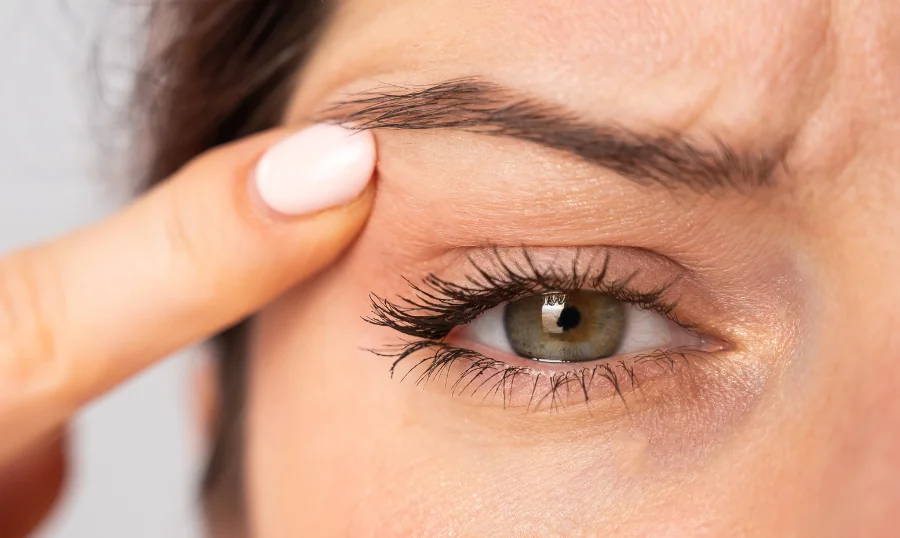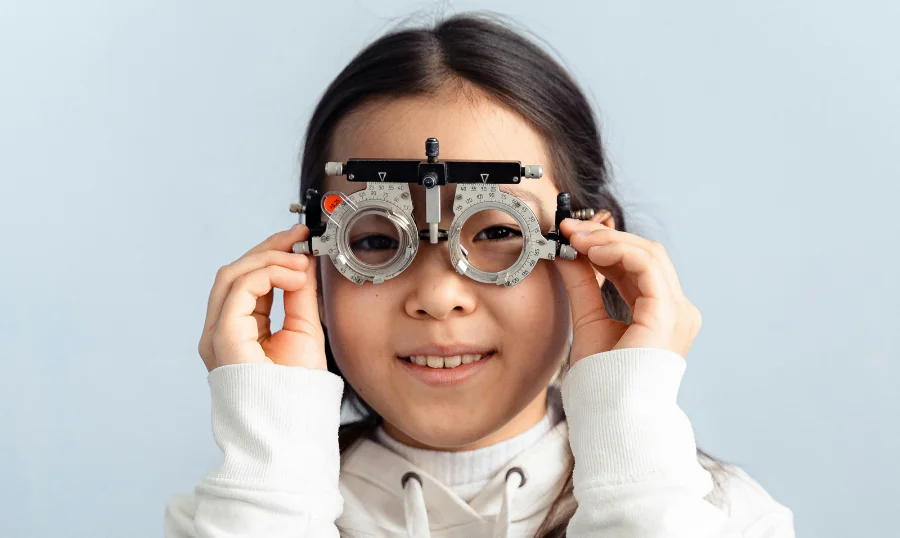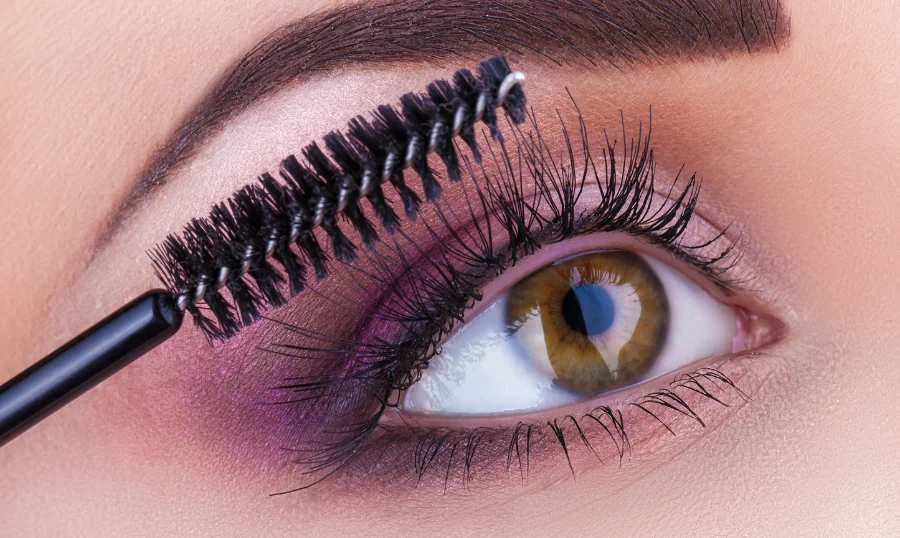How Athletes Safeguard Their Vision: Essential Tips for Protecting Eye Health
As an athlete, your eyes play a vital role in performance. Whether you're a professional or a weekend warrior, maintaining optimal eye health is key.

Blepharoplasty, commonly known as eyelid surgery, is a transformative procedure designed to lift and tighten the skin around the eyes. As we age, the natural elasticity of our skin diminishes, leading to sagging eyebrows, redundant skin on the upper and lower eyelids, and various other concerns. In this blog post, we will explore the different aspects of blepharoplasty, including its types, reasons for consideration, and the surgical process involved.
Aging takes a toll on the eyelid region, leading to cosmetic and vision-related concerns. These may include overhanging upper lid skin, puffy-looking eyelids, the appearance of ‘bags’ in the lower lids, hollowing associated with the ‘tear trough,’ and a lack of crease in the upper eyelid. Vision-related issues such as ptosis and ectropion can also arise, impacting eyesight.
Upper Eyelid Blepharoplasty:
Lower Eyelid Blepharoplasty:
Asian Blepharoplasty:
Most insurance policies exclude cosmetic surgery, but blepharoplasty may be covered if there is a functional reason, such as improving vision or addressing a medical condition like thyroid eye disease. Surgery for eyelid malpositioning, such as ptosis or ectropion, is generally considered non-cosmetic and could be covered by medical insurance.
Blepharoplasty is typically an outpatient procedure lasting 60 to 90 minutes, conducted under local anesthesia. The incisions vary based on the type of surgery, with sutures removed within a week. Recovery takes one to two weeks, with minimal complications and potential temporary alterations in blinking.
Embarking on the journey to a more refreshed and revitalised look begins with informed decisions. Blepharoplasty stands as a versatile and effective solution for rejuvenating the appearance of the eyes, addressing both cosmetic and functional concerns.
If you find yourself contemplating eyelid surgery, we encourage you to take the next step toward your transformative experience. Our team of expert oculoplastic surgeons are dedicated to providing exceptional personalised care.
Book a consultation with us today on 0800 25 53 93, and let’s discuss how blepharoplasty can enhance your natural beauty and vision, guiding you towards a brighter, more confident future!

As an athlete, your eyes play a vital role in performance. Whether you're a professional or a weekend warrior, maintaining optimal eye health is key.

Transforming Little Worlds with Clear Vision!

Our eyes are not just the windows to the soul—they're also incredibly sensitive to the products we apply to our skin.